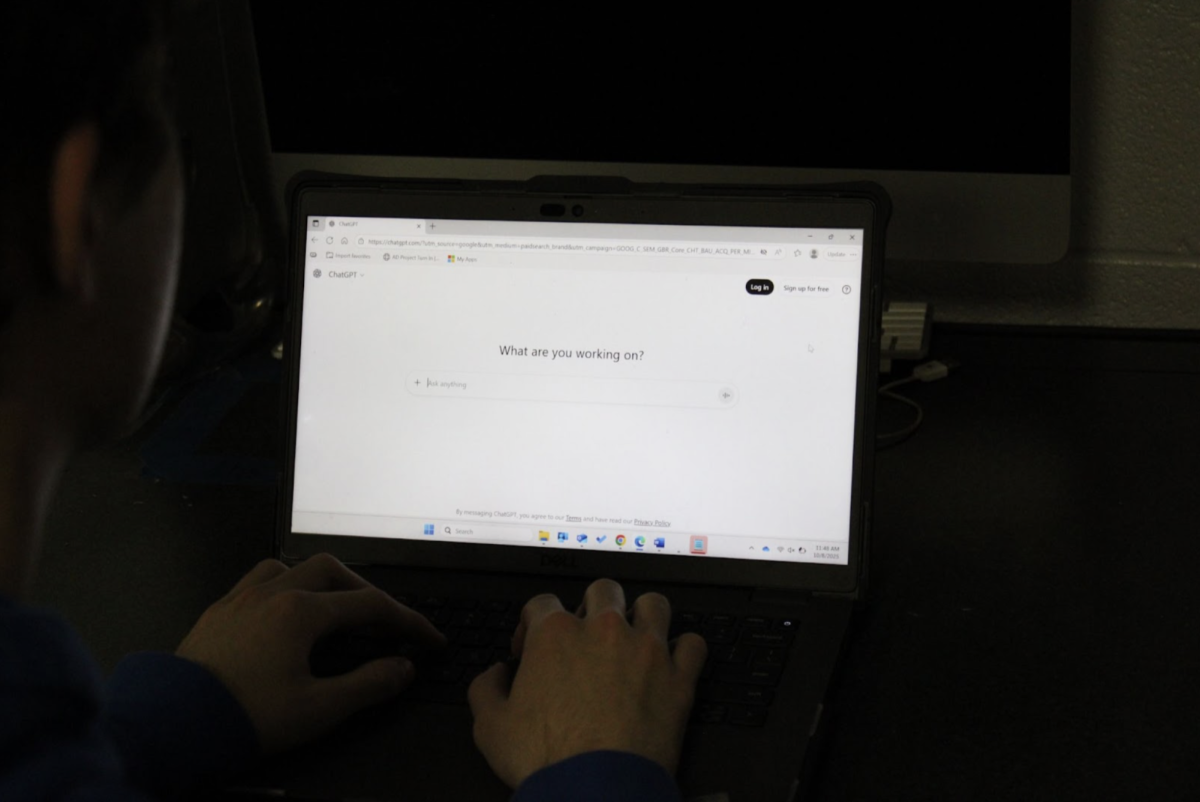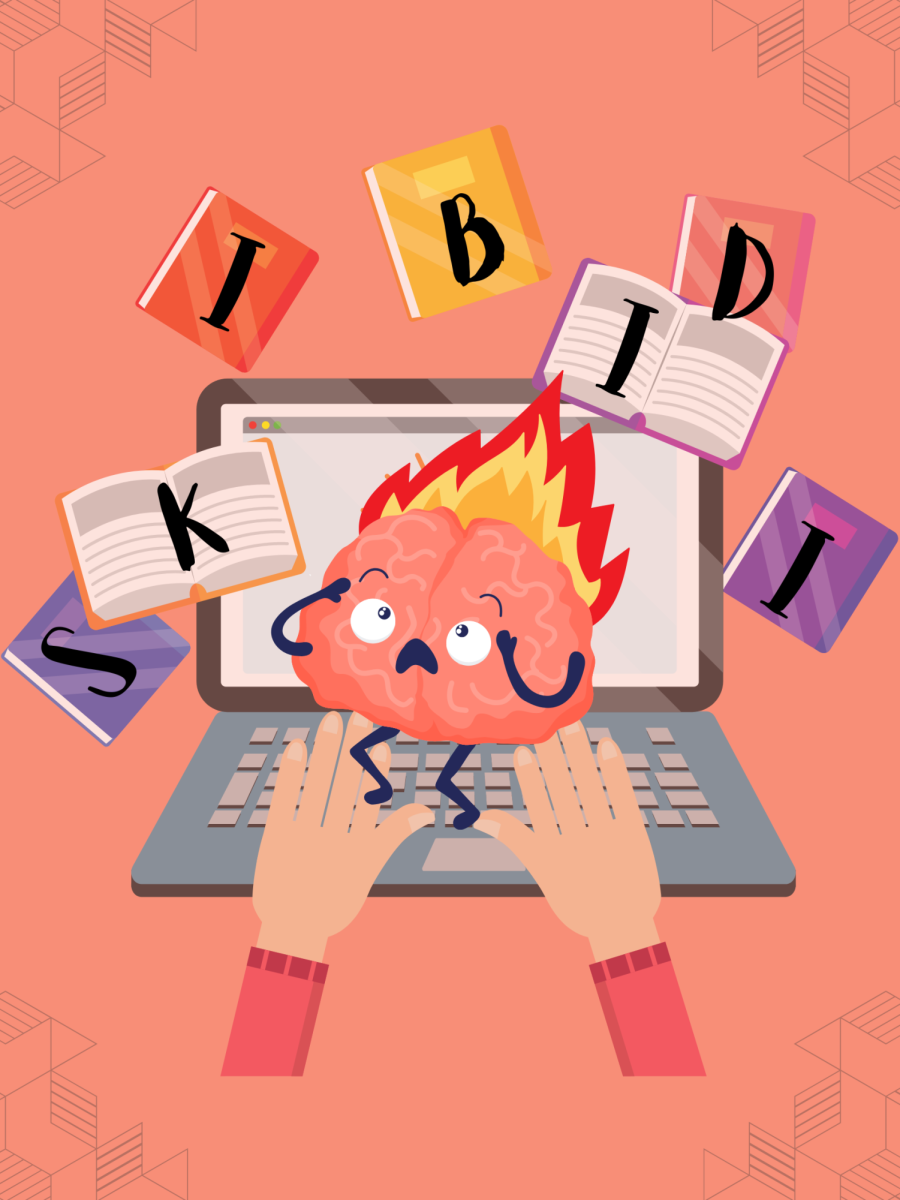Every day, students sit in the classrooms, learning from the 137 teachers in this school.
High school students get evaluated by projects, tests, quizzes, and even presentations and get feedback from their teachers. On the other hand, teachers tend to receive feedback from other teachers, APs, and other staff, but minimal direct feedback from the people they teach, which is us. Unlike most college students, who have the opportunity to grade their professors, we do not have the opportunity to grade our teachers’ performance.
If there were some way to evaluate teachers in high school, teachers would provide valuable feedback to potential students, increase student participation, and overall improve the quality of teaching.
High school students need to be allowed to comment on and grade their teachers. This would give an effective way through which students can understand what to anticipate from a class, offer constructive feedback to teachers in order to improve their class, and create a student-centered learning environment.
An organized evaluation system would guide students to make more informed decisions when it comes to their classes. Students rely on graduates and grades above them to select courses, but an officially rated and commented system would present the full picture. Open feedback on teaching styles and course demands allows students to make informed choices based on their learning mode, which in turn leads to better academic outcomes and satisfaction. By giving students the opportunity to comment at length on grading, workload, and teaching capability, schools will be able to empower students to make improved choices.
Students become more invested in school when they feel that their voice matters. Student engagement increased by 12% in areas where schools had implemented systematic systems of giving feedback, a 2021 Education Policy Institute study found. When students understand that their voice can lead to positive change, they are more engaged in class, ask more questions, and engage more actively with learning. The feedback loop provides a classroom environment where teachers and students work together to refine the learning experience.
There is no single approach to teaching that works with all students, and feedback can help teachers adjust their teaching. Teachers who received formal student feedback improved the way they taught by 20% within two years, according to the Measures of Effective Teaching (MET) study conducted by the Bill & Melinda Gates Foundation. When students always tell teachers where they can improve, e.g., explanation clarity or excess homework, teachers can do better to aid learning. Also, high-quality teachers may be identified and encouraged to make their best practices available.
Others also argue that the students can abuse the rating scheme by awarding unjust marks against teachers they disapprove of or awarding generous marks to indulgent teachers. But research by the Center for Education Policy Research at Harvard University found that systematic evaluations with a focus on explicit standards—such as instruction clarity, equity, and interest—reduce bias and provide pertinent information. By requesting feedback along with ratings, schools would elicit thoughtful commentary instead of hasty assumptions. By making ratings anonymous and moderated, schools can disallow abuse while still gaining valuable feedback.
To ensure its usefulness, schools would have to apply formal, confidential surveys once a semester. Surveys must be aimed at objective measures like lesson clarity, how to keep the students engaged, expectations on the workload, and fairness. These findings can be given to students at the time of course registration and made available to administrators in order to improve instructor development. If student feedback was included responsibly in a framed setting, then the schools could create a culture of constant improvement with greater transparency.
Students in high school need to be able to rate and comment on their instructors. This would do much to provide future students with useful information, involve more students, and simply enhance their learning experience. With proper guidelines, an orderly evaluation system would actually benefit teachers and students alike, creating more effective and transparent high school learning experiences.








